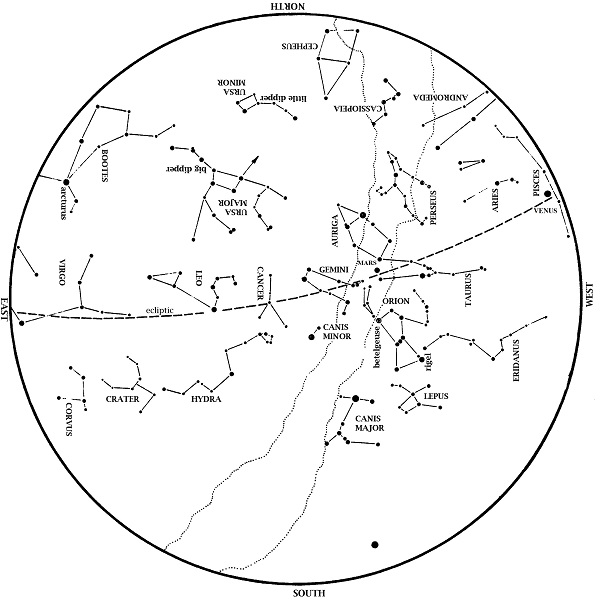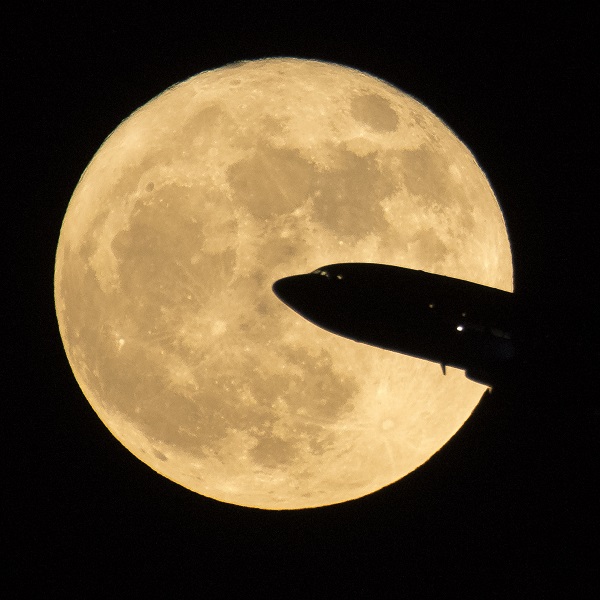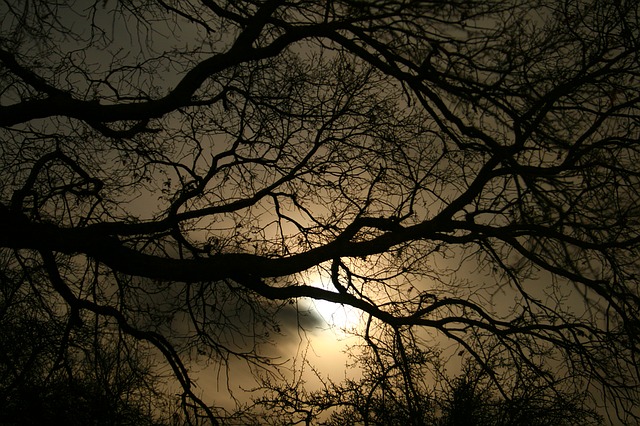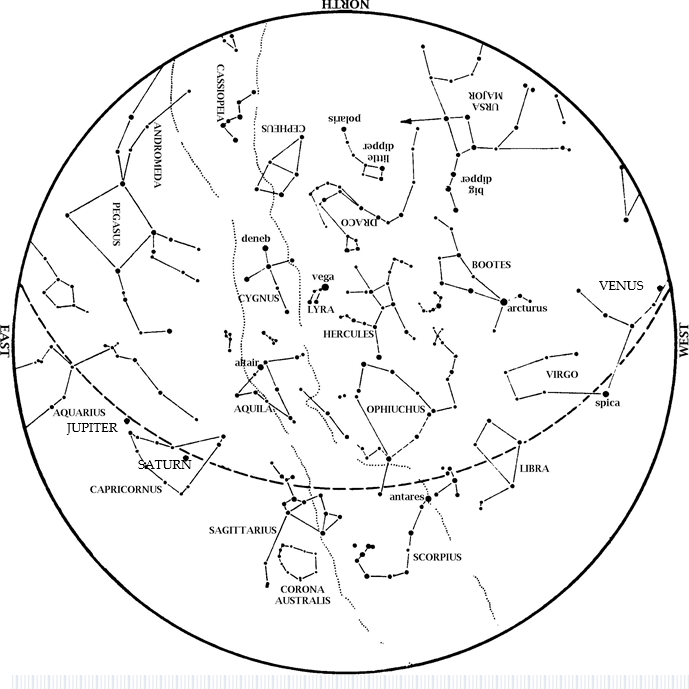
This star map shows the Houston sky at 10 pm CDT on August 1, 9 pm CDT on August 15, and dusk on August 31. To use the map, put the direction you are facing at the bottom. The Summer Triangle is high overhead. This consists of the brightest stars in Cygnus, Lyra, and Aquila. Scorpius, the Scorpion, is in the south, with the ‘teapot’ of Sagittarius to his left. From the Big Dipper’s handle, ‘arc to Arcturus’ and ‘speed on to Spica’ in the southwest. Watch Mars close in on Saturn this month. The Great Square of Pegasus rises in the east, heralding the coming autumn.
This month, Mars is in the southwest at dusk this month. Mars continues to fade a little each night as Earth continues to leave it farther behind. Still, Mars rivals the brightest stars we see at night.
Saturn is also in the south southwest at dusk. Mars passes 3.4 degrees south of Saturn on August 25.
Venus remains in the morning sky, although it now begins to approach the Sun more and more. Look east at dawn for the brightest point of light there; only the Sun and Moon outshine Venus. Venus remains a morning star for almost all of 2014.
Jupiter emerges from behind the Sun into the morning sky by late August. Venus is about 1/5 of one degree from Jupiter at dawn on August 18th. (Both are low in the east at dawn).
The Big Dipper is left of the North Star, with its handle pointing up. From that handle, you can ‘arc to Arcturus’ and then ‘speed on to Spica’; those stars are in the west at dusk. Leo, the Lion, is setting in the west at dusk.
Antares, brightest star of Scorpius, the Scorpion, is in the southeast, with the ‘teapot’ of Sagittarius behind it. The Summer Triangle is high in the east. The stars of summer are here. By late evening you can look for the Great Square of Pegasus rising in the east, indicating that fall is approaching.
Coming to an observatory near you, August 12: The annual Perseid meteor shower peaks next week, late Tuesday/early Wednesday (August 12-13). As usual, we see more meteors towards dawn because that’s when we rotate into the meteor stream.
The George Observatory is open 7:00 p.m. August 12 until 2:00 a.m. August 12-13 for the shower.
Moon Phases in August 2014
1st Quarter: August 3, 7:50 p.m.
Full: August 10, 1:10 p.m.
Last Quarter: August 17, 7:26 a.m.
New: August 25, 9:12 a.m.
Click here to see the Burke Baker Planetarium Schedule.
On most clear Saturday nights at the George Observatory, you can hear me do live star tours on the observation deck with a green laser pointer. If you’re there, listen for my announcement.
Clear Skies!









